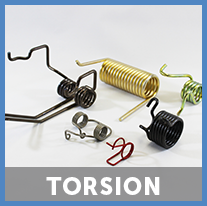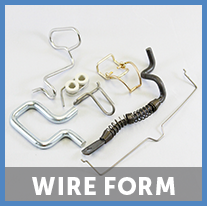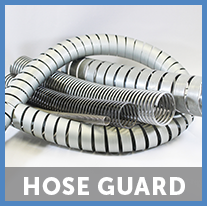There are several options for the protection of corrosion of springs. There is usually a tradeoff between protection and cost.
|
Method of Prevention |
Cost |
Protection |
Results |
|
Light oil covering or pack in VCI bags |
Low |
Short-term |
|
|
Pre-plated wire |
Low-mid |
Medium-term |
Provides reasonable corrosion protection, but cannot provide the salt spray hours of electroplate. |
|
Pre-plated wire with a chromate dip |
Mid |
Medium to Long-term |
Improve salt spray results without the problems of tangling in a barrel plate or introducing the chance of hydrogen embrittlement. |
|
Post plating operation (ex. Zinc Plate) |
Mid-high |
Long-term |
Zinc plating has better salt spray performance than pre-plate, but can have other problems, such as, tangling in a barrel plating operation and hydrogen embrittlement. |
|
Stainless Steel |
Mid-high |
Long-term |
Stainless Steel can be somewhat more costly on large springs, but may be a lower cost or better solution for small wire diameters, especially when considering some of the problems associated with plating. |






